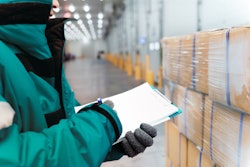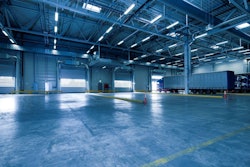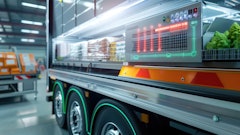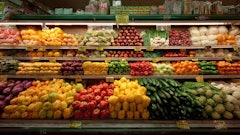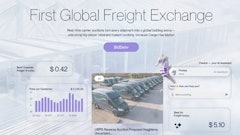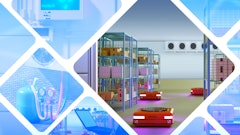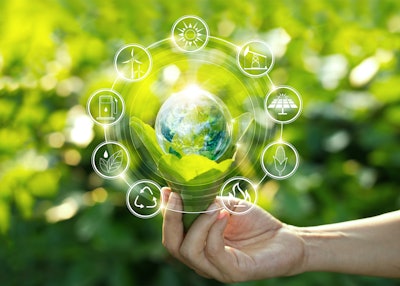
The world produces enough food to support an estimated 10 billion people, but each year, roughly one third of it is lost to supply chain inefficiency. This staggering amount of waste — 1.3 billion tons annually — not only fuels a global crisis of food insecurity, but also exacerbates the adverse environmental impacts of industrial agriculture.
To create a more sustainable food supply chain, the industry is increasingly turning to technologies like artificial intelligence and quantum computing as a means to mitigate food waste, while offsetting the CO2 emissions generated by farming.
Here are four ways new technology is enabling a more sustainable food supply chain.
Blockchain for food traceability
One of the biggest contributing factors to food waste is the overall lack of visibility and traceability across the supply chain. As food travels from farm to grocery store shelf, it passes through a dizzying number of intermediaries – packagers, wholesalers, distributors – each of whom has their own system and processes for tracking the product journey. These systems are rarely interoperable and are often analog, making it virtually impossible to see what’s happening in real-time. This, in turn, makes it extremely difficult for retailers to accurately forecast inventory needs, leading to product surpluses, and eventually, waste.
Blockchain provides a unified system for monitoring the path of food from source to endpoint, allowing producers and companies to upload their product data to a single source of truth. This not only vastly mitigates inventory surpluses, but also enables stakeholders to perform more targeted recalls in the event of a foodborne illness outbreak, eliminating the need to destroy unaffected meat and produce.
Quantum computing for sustainable fertilizer
In scaling food production to meet the needs of a rapidly growing population, one of the greatest bottlenecks is our reliance on nitrogen-based fertilizer. While nitrogen is among the most abundant elements found on Earth, plants can only process it in its “fixed” form. Nature achieves this through a specific type of bacteria found in the roots of certain plants. But humans don’t currently have a method for replicating this catalytic process at scale in the production of commercial fertilizer.
Engineers have been tackling this problem for the better part of a half-century, but quantum computing now offers a fresh approach. In the next few years, researchers hope to use quantum computers to simulate numerous catalytic processes, using artificial intelligence (AI)-enabled predictive modeling to validate their effectiveness.
Artificial intelligence for resource planning
Agriculture accounts for 70% of the world’s water usage, but how efficiently is that water utilized? Through AI-enabled analytics and sensor technology, farmers are able to analyze in real-time the chemical composition of their water and soil. Predictive modeling can then mine that data for actionable insights, suggesting more effective irrigation and harvesting strategies.
In addition to supporting water conservation, AI also enables better resource planning throughout the supply chain by delivering more accurate and up-to-date crop forecasts. AI-enabled weather predictions also help farmers develop hyperlocal strategies for boosting crop yields.
Cloud for chain digitization
Whether it’s blockchain-enabled traceability, AI-powered analytics or any number of other cutting-edge capabilities, cloud is the bedrock technology that makes it all possible. Every day, the food industry generates vast quantities of data across a disparate footprint of incompatible point systems, legacy platforms and analog processes. Cloud – hybrid cloud in particular – is the nexus that bridges these disconnected siloes and allows organizations not only to achieve a more holistic view of their business, but to infuse every process with intelligence and automation. It allows stakeholders to innovate, co-create and share information, regardless of where the data resides.
In the coming years, the need for a more sustainable food chain will only grow more acute. The UN estimates that by 2030, the global population will reach 8.5 billion people, driven primarily by developing countries. To keep pace with the burgeoning needs of a rapidly growing world, the industry must quickly embrace technologies like AI, blockchain, quantum computing and cloud.

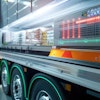

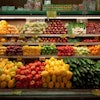

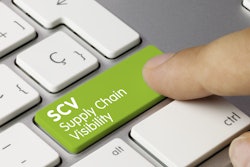
![Adobe Stock 280800711 [converted]](https://img.foodlogistics.com/files/base/acbm/fl/image/2021/08/AdobeStock_280800711__Converted_.611e898daa123.png?auto=format%2Ccompress&fit=crop&h=167&q=70&rect=0%2C53%2C900%2C507&w=250)
